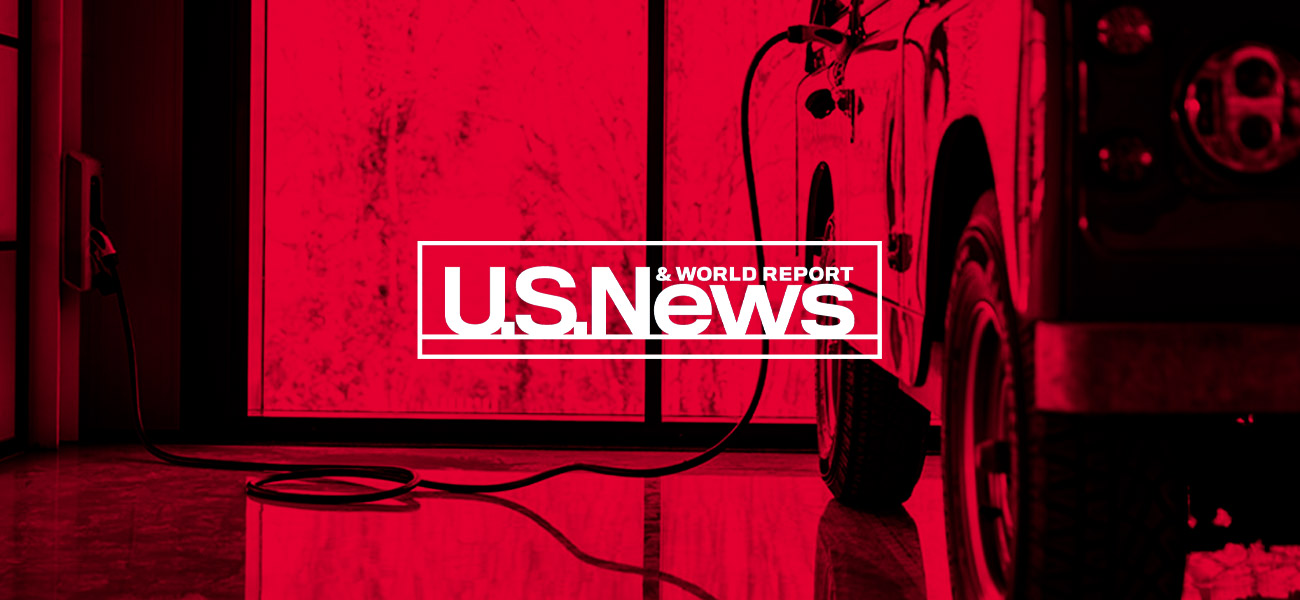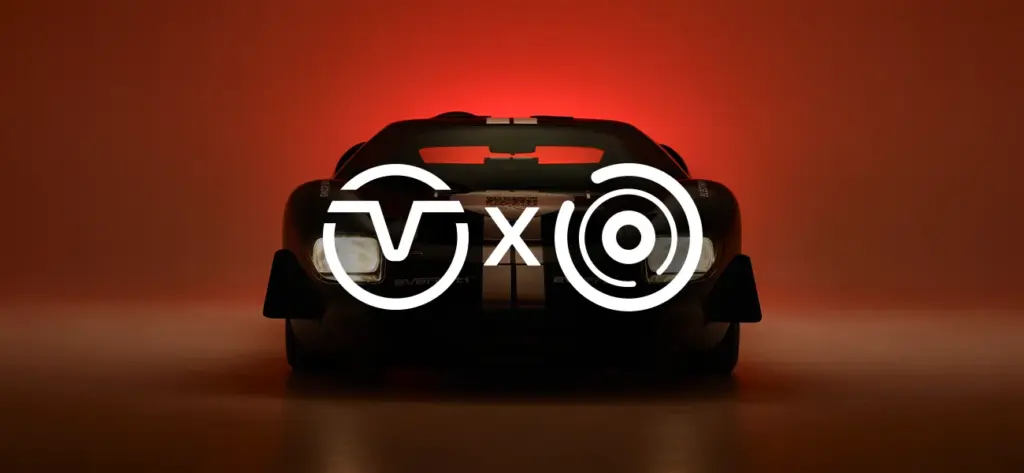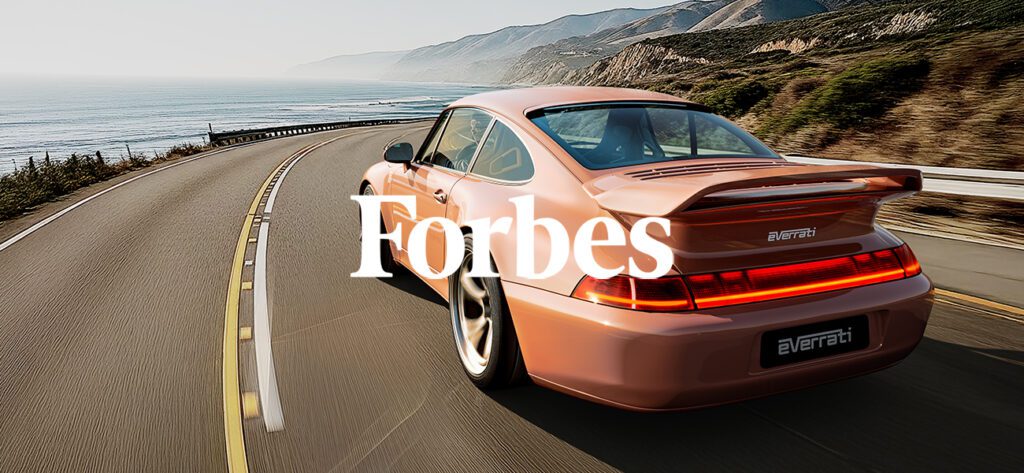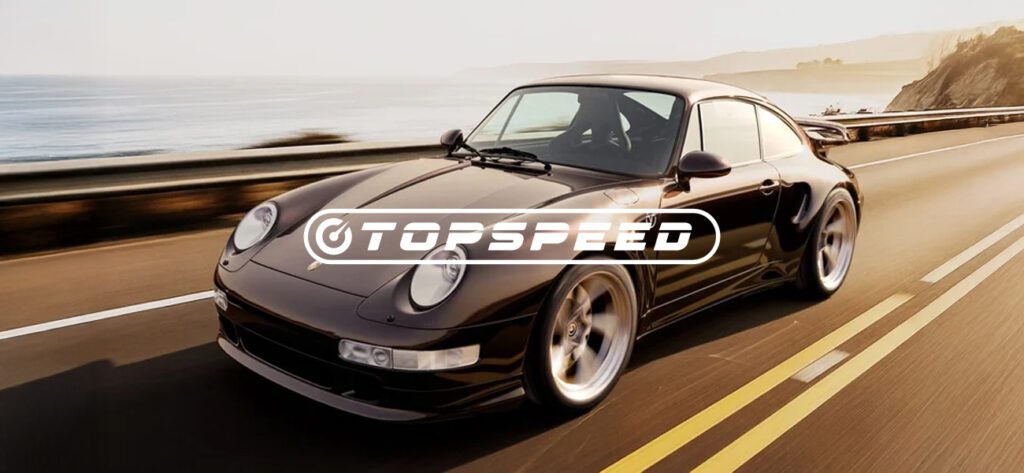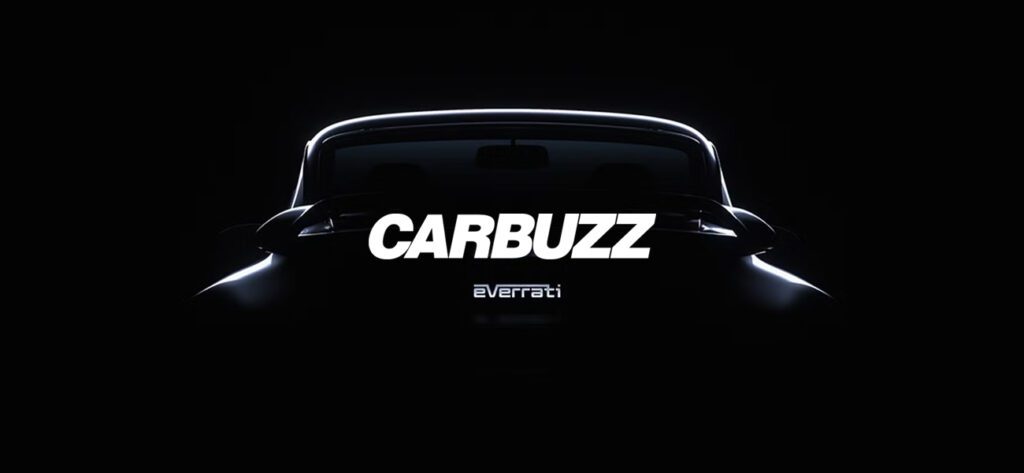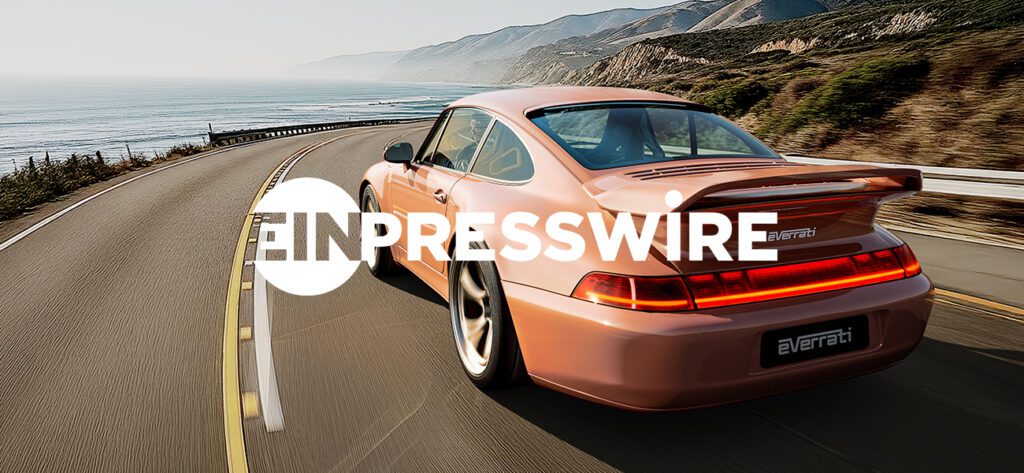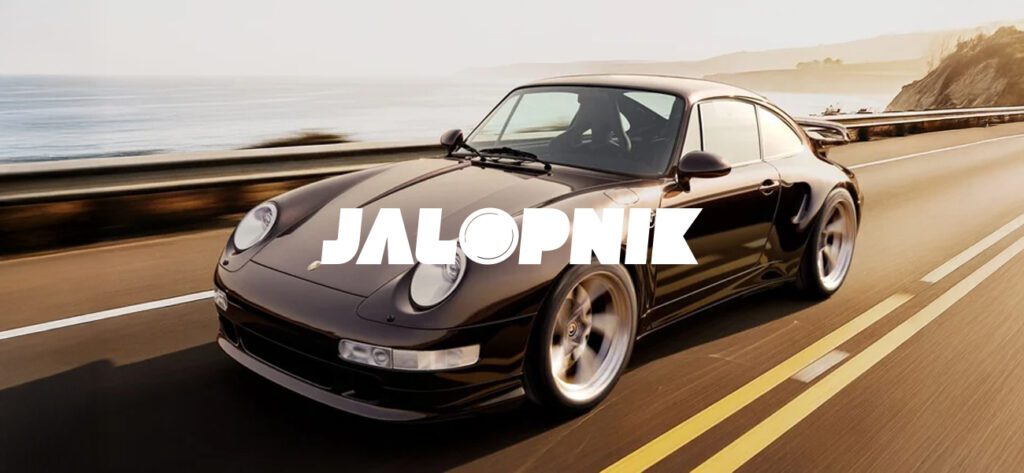Everatti started by electrifying Porsche 911s and Ford GT40s, but now it’s taking on no less than three Land Rover models.
The classic Land Rover Defender, fitted with a V8 engine and sold in the U.S. from 1993 to 1997, has become a cult car, and that means surviving examples are being given the “restomod” treatment. Twisted North America, the U.S.-based branch of a British company, takes a vehicle like the short-wheelbase Land Rover Defender 90 and equips it with a 6.2-liter 525-horsepower General Motors LT1 V8 – as seen in Corvettes.
Prices start at $250,000, and Twisted is also building electric versions. Doing that, it has competition. The British company Everrati, based in Oxfordshire (but with a U.S. office), started out electrifying the Porsche 911, then undertook an iconic Ford GT40, “substituting cubic inches for kilowatt-hours.” From there it was on to the vintage Land Rover IIA, and Everatti has now announced it is also doing the Defender and Range Rover.
Co-founder Justin Lunny said he was inspired to electrification by the 2018 wedding of Prince Harry and Meghan Markle, with the royal couple riding off in a battery-powered Jaguar E-Type Concept Zero. Lunny had a chance to meet with his co-founder, Nick Williams, at the Le Mans racetrack, and a new business was born.
Everatti is still selling the Superformance GT40 as an 800-horsepower electric (price on request) and 500-horsepower 911 Signature (£270,000). It will even build you a 375-horsepower pagoda-roofed Mercedes 280 SL (£295,000). Bespoke builds of other models are available and, to be clear, the prices do not include the donor car. Customers can either bring a car, or Everrati will help them find one.
The company’s electric Land Rovers are aimed at a different market from its sports cars. Nobody takes the Ford GT40 off-road. The conversion of the rugged Series IIA Land Rover (a model launched in 1948) starts at £159,950 and it is not going to win at the race track – zero to 60 from the 150-horsepower conversion featuring German Engiro motors is in the 13-second area. Of course, the original had only 70 horsepower and took 23 seconds to reach 60.
“The first of each model [in the Land Rover line] is in build now, and our Series have been very popular,” Lunny told U.S. News. “That said our Porsche is our biggest seller so far.”
Electric range is up to 150 miles, which, oddly enough, is similar to the gasoline-powered IIA Land Rovers. The conversions retain the archaic drum brakes as standard, but now they have a regenerative feature. Speed is electronically limited to 65 mph, but customers who opt for the available disc brakes can push that up to 75.
The Series IIA comes with a galvanized chassis for durability, and a temperature-controlled 60-kilowatt-hour (kWh) battery pack. The basic seats of the original are now Bridge of Weir leather, and passengers are strapped in with something the period Land Rovers didn’t have – seat belts. There are plenty of options, including power steering, power braking, teak decking and additional leather. The company said it expects to convert four to six of these vehicles per month.
The Defender (£185,000) is available in both 90 and 110 variants. Though nothing has been confirmed, the powertrain will be similar to the IIA, meaning a 60-kWh battery pack and approximately 165 horsepower with 300 pound-feet of torque. Range isn’t available yet.
The Defender package includes a custom single-speed gearbox, leather upholstery, custom dials and regenerative braking. The CAD design is aimed at optimizing weight distribution and performance.
The Range Rover Classic, a conversion of a model launched in 1970, starts at £230,000. Details are lacking, but the company says there will be “a huge range of specifications to suit.” That means that Everatti will build the Range Rovers to suit customers’ tastes. If you want purple paint, it can likely be arranged.
Source: US News & World Report
